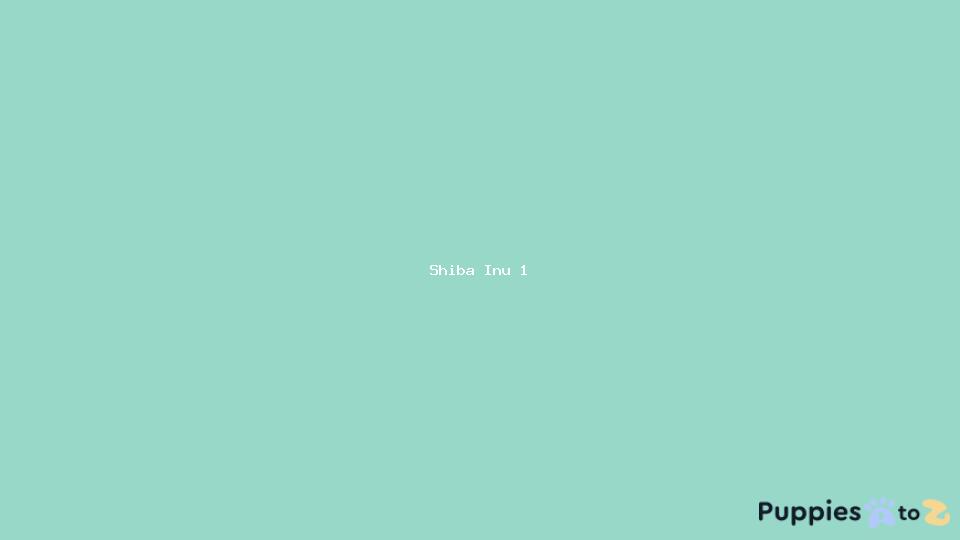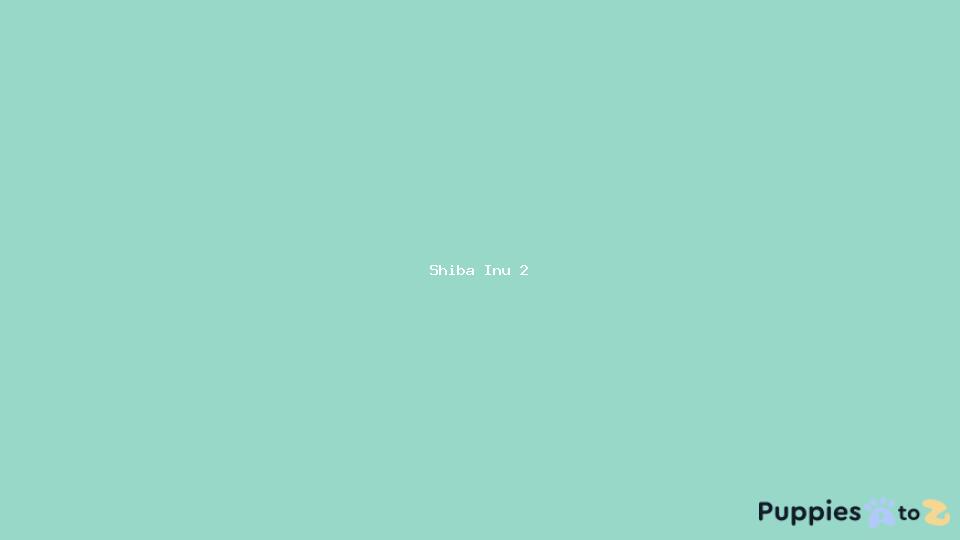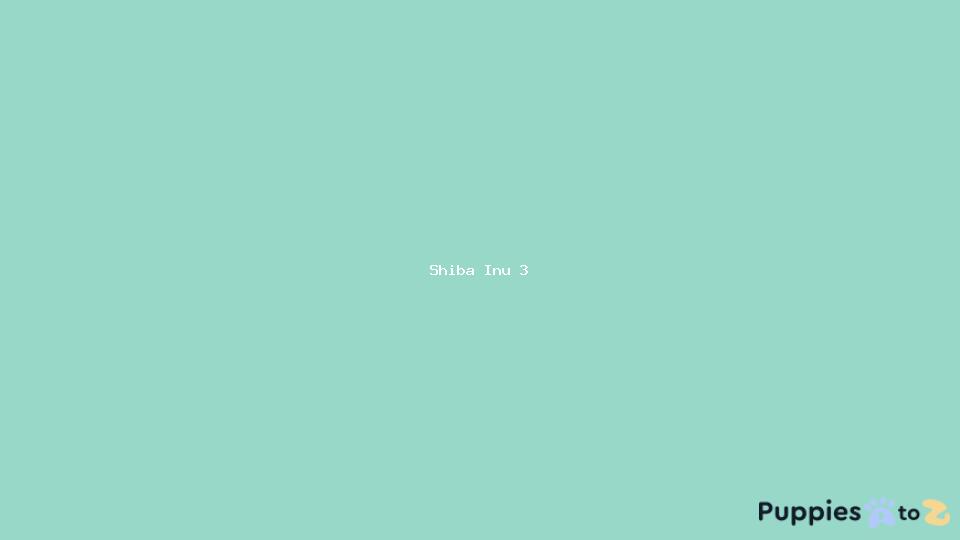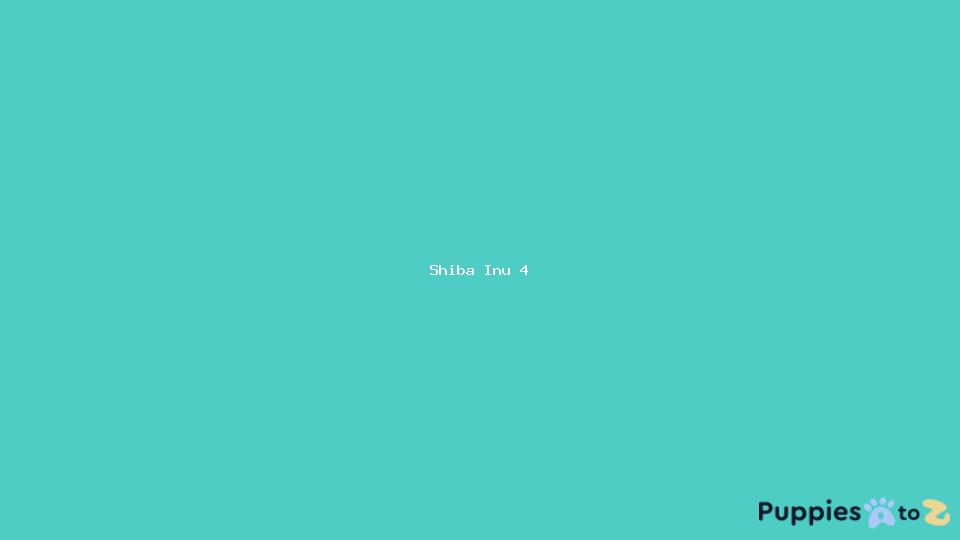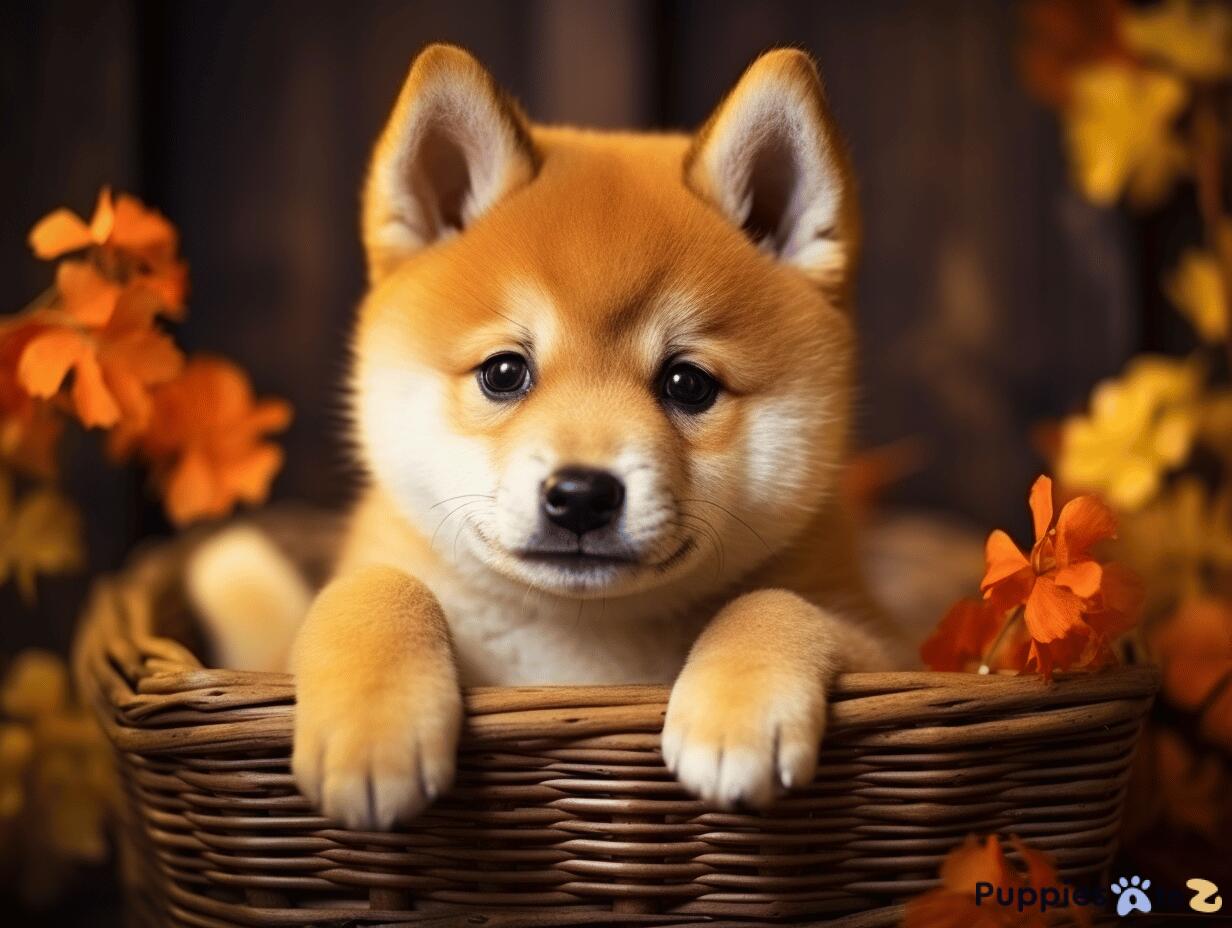
Shiba Inu
Appearance
The Shiba Inu is the smallest among the entire Japanese breeds. Resembling a miniature Akita, it’s a compact dog with thick hair. Its eyes are dark and small and have a unique triangular shape. Their nose is black. Like all “toy breeds,” its teeth meet in a scissor’s bite. Their tail, which comes in colors of orange-red, cream white, and sesame, is set high and curled over the back, common for a Spitz-type dog. All colors should have a urajiro (cream white with ventral colors) markings on the cheeks, inside the ears, on the sides, and under the muzzle, throat, inside the legs, on the abdomen, and around the vent area.
History
The history of the Shiba Inu, commonly known as “Shiba,” is as old as the Japanese country itself, maybe even older. Historical findings that date back 7000 BC suggest that this breed has coexisted with men as early as the Stone Age. Recent DNA analysis support supports this claim. This breed was born to hunt and flush small game such as birds and rabbits. This breed almost went extinct due to the extensive bombing during and after World War II. During that time, the breeders were able to extend the breed with only three surviving bloodlines: Shinshu Shiba from Nagano Prefecture, the Mino Shiba from Gifu Prefecture, and the San'in Shiba from Tottori and Shimane Prefectures. In 1934, Nippon Standard published the first Japanese breed standard. The Cultural Properties Act in 1936 recognized The Shiba Inu as a Natural Monument of Japan. The US armed service family brought the first Shiba Inu to America in 1954. The first litter was recorded 25 years later. The America Kennel Club officially recognized the breed in 1992.
